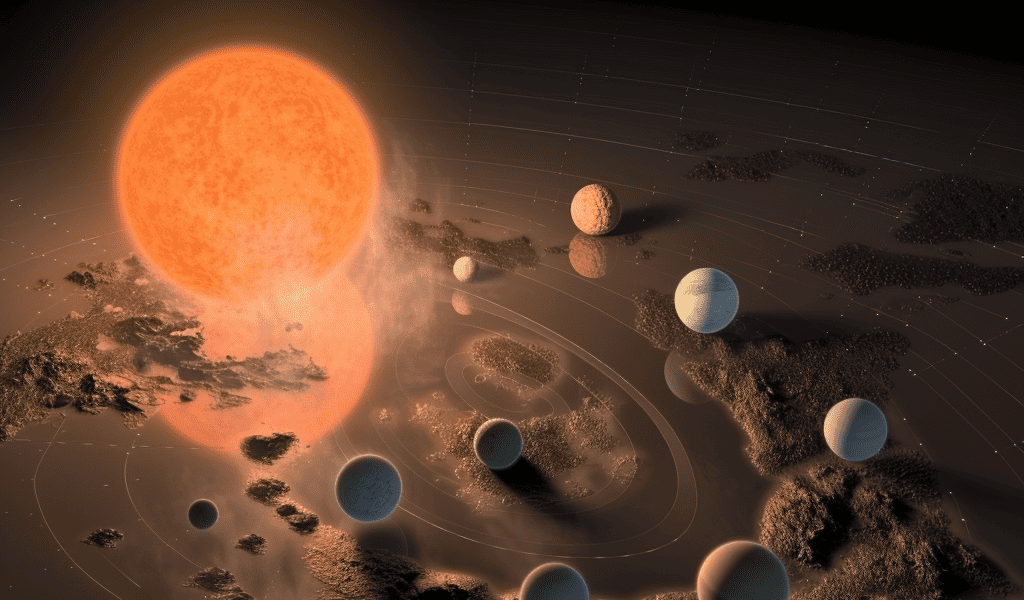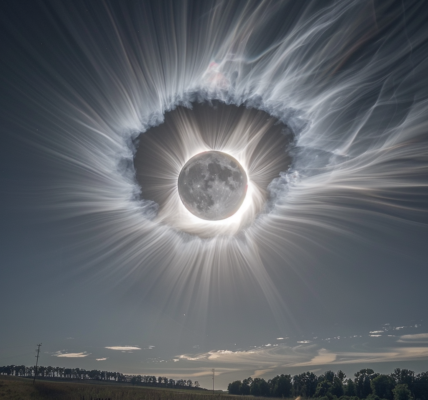Trappist-1, a captivating exoplanetary system, has garnered significant attention since its discovery in 2017. The system, comprising seven Earth-sized worlds orbiting a red dwarf star just 40 light-years away, initially seemed to offer the promise of potentially habitable planets. However, a recent study suggests that the likelihood of life existing within the Trappist system is slim, as the planets are more likely to be barren and stripped of their atmospheres.
Red dwarf stars, like the one at the center of the Trappist-1 system, present unique challenges for habitable worlds. These stars are cooler than the Sun, necessitating close proximity for any potentially habitable planet. Additionally, red dwarfs are known for their intense solar flares, which can subject nearby planets to high levels of X-rays and other hazardous radiation. The long-term survival of life under such conditions appears increasingly improbable.
A recent study delved into the potential atmospheres of the Trappist planets, particularly focusing on the cooler and more distant worlds within the system. Observations from the James Webb Space Telescope (JWST) have confirmed the absence of significant atmospheres on the two innermost planets, a finding that aligns with expectations. However, the prevailing assumption had been that the outer Trappist-1 planets could maintain atmospheres due to their cooler nature.
The study involved the use of computer simulations to estimate the effects of high-energy radiation emitted by Trappist-1 on the early atmospheres of the outer exoplanets. The researchers calculated the rate of atmospheric evaporation based on the observed radiation levels and other red dwarf stars, revealing that the Trappist worlds would lose an Earth’s atmosphere worth of gases within a few hundred million years. This rapid evaporation is attributed to the heightened levels of high-energy radiation emitted by young red dwarfs, surpassing those experienced by planets in our own solar system.
While the Trappist-1 system initially appeared to hold promise as a potential hub of life-rich worlds, the latest study underscores the challenges posed by the system’s proximity to a red dwarf star. The findings shed light on the harsh realities that may limit the habitability of planets orbiting red dwarfs, prompting a reevaluation of the potential for life in such exoplanetary systems.





